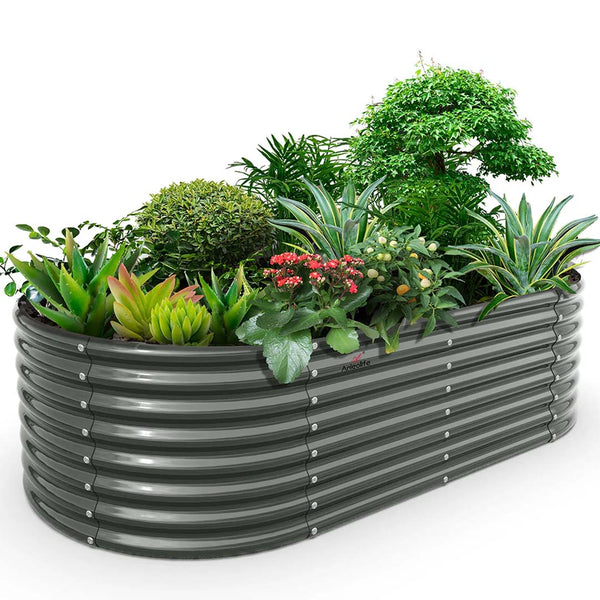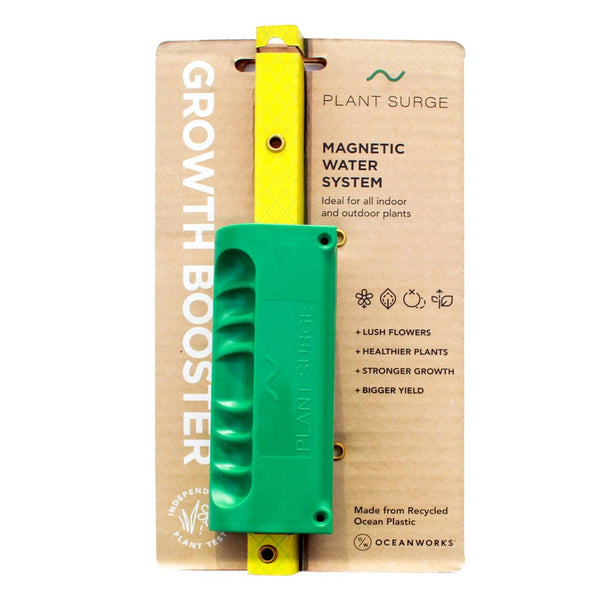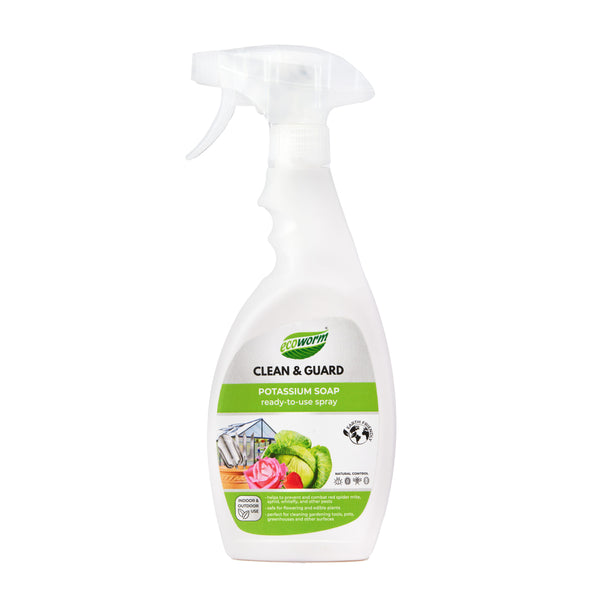The Foolproof Growing System: Vegetable Planter Box That Makes First-Time Gardens Successful

Choosing the Right Materials
Picking the right stuff for your veggie planter box is like choosing the right shoes for a hike—it's gotta last and do the job right. Let's chat about the best wood choices for durability and some other cool materials you might wanna consider.
Best Wood Options for Durability
Building a raised garden bed is kinda like building a house for your plants, and the wood you pick can make or break it. Here’s the lowdown on some top wood picks:
Cedar: This is the MVP of woods. Cedar's got natural superpowers against rot and bugs, making it a solid choice for outdoor projects. It can hang in there for at least a decade, so you won't be rebuilding every other year (Gardenary).
Redwood: Redwood's like cedar's fancy cousin—tough and bug-resistant. But, it's been getting pricey lately, so it might not be the best choice if you're watching your wallet (Gardenary).
Pressure-Treated Lumber: This wood's been given a chemical makeover to fight off rot and insects. Just make sure those chemicals are eco-friendly, so they don't mess with your plants.
Pine: Pine's the budget buddy here. It's cheaper but doesn't last as long because it's not as tough against rot and pests. You might be swapping it out after a few seasons.
| Wood Type | Durability | Cost | Resistance to Rot and Pests |
|---|---|---|---|
| Cedar | High | Moderate | High |
| Redwood | High | High | High |
| Pressure-Treated Lumber | High | Moderate | High |
| Pine | Low | Low | Low |
For the best bang for your buck, go for the thickest boards you can swing, with 2-inch boards being the sweet spot to keep your planter box from sagging or falling apart. Untreated wood is the way to go to keep chemicals out of your soil, but you can slap some eco-friendly stuff on the outside to protect it from the elements.
Alternative Material Considerations
Wood's great, but there are other materials that might tickle your fancy for raised garden beds:
Metal: Metal beds, like those made from galvanized steel, are tough cookies and don't rot or attract pests. Just watch out—they can heat up the soil in hot weather, which might not be cool for all plants.
Living Soil Fabric Beds: These are like the yoga pants of garden beds—breathable and flexible. They help with airflow, support good microbes, and keep your plants from drowning. Plus, they're easy to move around, perfect for small spaces like patios.
Plastic: Plastic beds are light and a breeze to set up, but they might not be as tough as wood or metal. Go for high-quality, UV-resistant plastic to make sure they stick around.
| Material | Durability | Cost | Benefits |
|---|---|---|---|
| Metal | High | Moderate | Resistant to rot and pests, durable |
| Living Soil Fabric | Moderate | Low | Promotes airflow, supports microbial life, prevents overwatering |
| Plastic | Moderate | Low | Lightweight, easy to set up |
By checking out these alternative materials, you can find the perfect fit for your gardening style, whether you're growing food in your backyard, gardening in the city, or living the homestead life. For more tips on designing your raised garden bed, take a peek at our article on designing your raised garden bed.
Designing Your Raised Garden Bed
Building a raised garden bed is like setting up a cozy home for your plants. Let's chat about the best height, depth, width, and length to make sure your veggie patch is ready to thrive.
Optimal Height and Depth
How tall should your garden bed be? Well, it depends on what you're aiming for:
- Height Range: You can go from 8 inches to 30 inches. Taller beds mean less bending, fewer weeds, and they keep those pesky rabbits at bay.
- Shorter Beds: If you stick to 8-12 inches, your plants can dig into the natural soil, soaking up all those good minerals and nutrients. It's like giving them a buffet of goodness.
- Deeper Beds: Go for at least 18 inches if you're planting big guys like tomatoes and squash. This depth helps with drainage, so roots don't get soggy (Gardenary).
| Height (inches) | Benefits |
|---|---|
| 8-12 | Roots reach native soil, budget-friendly |
| 18 | Fits big roots, better drainage |
| 24-30 | Less bending, fewer weeds, critter-proof |
Width and Length Recommendations
Getting the width and length right is key for easy access and making the most of your space:

- Width: If you can only reach from one side, keep it to 2.5 feet. If you can get to both sides, go up to 4 feet. This way, you can easily tend to your plants without doing a balancing act (Journey with Jill).
- Length: Length is flexible. Most folks go for 4 to 8 feet, but you can always add more sections if you've got the room.
| Width (feet) | Access |
|---|---|
| 2.5 | One-side access |
| 4 | Both-sides access |
| Length (feet) | Notes |
|---|---|
| 4-8 | Standard sizes, tweak as needed |
By sticking to these tips, you'll have a garden bed that's just right for you and your plants. For more on gardening in raised beds and raised garden kits, check out our other articles.
























